I've read a couple of other topics (such as this one and this one) about the lumped circuit abstraction requiring that signal timescales (i.e. the period of the highest frequency signal component) be much longer than the propagation delay of the signals though the circuit, and that the wavelength should be much longer than the largest dimension of the circuit. This makes sense to me as explained in the linked topics above.
However, in the book Foundations of Analog and Digital Circuits by Agarwal and Lang there is this additional comment:
If we are interested in signal speeds that are comparable to the speed of electromagnetic waves, then the lumped matter discipline is violated, and therefore we cannot use the lumped circuit abstraction.
The author of this book also states in this lecture (timestamped) that the assumption is that all signal speeds of interest are much slower than the speed of light.
This is confusing to me since it seems to be saying that the actual wave propagation velocity needs to be small. I don't understand how this is the case since it seems that faster wave propagation would actually help the circuit.
So suppose that you have a circuit with largest dimension \$d\$. You want your signal to propagate at the speed of light, \$c\$. You know that the wavelength \$ \lambda \$ of the signal should be greater than \$d\$, so pick a signal which will have \$ \lambda = 10d \$, as an example.
Then,
$$ \lambda f = v \to f = v/ \lambda \to f = \frac{c}{10d} $$
Then if for example \$d\$ is 1 cm, choose \$f\$ to be approximately 3 GHz. So now the signal period is about 333 picoseconds and the propagation delay is about 33 picoseconds.
Why is this invalid?
